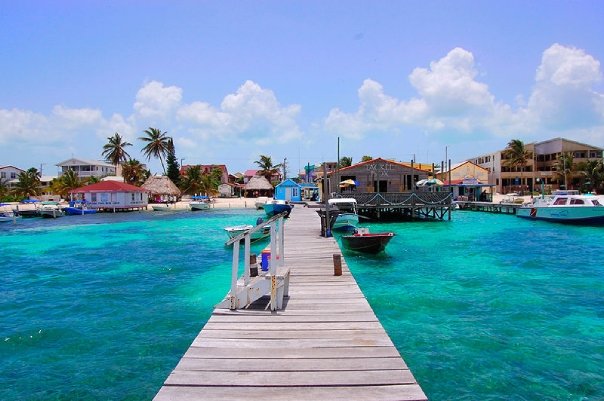The Manatee
The manatee is a huge marine mammal with a gray brown seal looking body. They have two forelimbs that act both as arms and front flippers they also have a powerful paddle shaped tail. They have tough skin with a rough texture and some body hair, their face is wrinkled and has stiff whiskers. They produce sounds audible to humans. When active, they surface regularly to breath, they can stay under water 10-15 minutes without breathing when they are at rest. One breath exchanges 98% of the air in their lungs, which is also the key to their buoyancy control. Their large and powerful upper lips are very distinctive and useful for feeding. Manatees grow up to 13 feet in length and can weigh over 3,500 pounds. They are gentle animals, slow moving, and spending most of their time eating, resting and traveling. They can travel 40-50 miles per day, and are commonly known as sea cows.
Manatees are found in fresh brackish water, coastal lagoons, bays and estuaries, mainly where sea grass beds are present.
Manatees feed on a variety of marine vegetation. They graze along the water bottoms for sea grass using their upper lips to dig through sediment and guide food into their mouth. Manatees usually eat 10%-15% of their body weight daily.
The reproduction rate of the manatees are slow. They reproduce once every 2-5 years and only have one calf with twins being very rare. The male reaches maturity at 6-9 years of age while the female reaches maturity at 5-9 years of age. The gestation period of manatees is 11¬13 months and the calf stays with its mother for 1-2 years. Calves weigh approximately 40 pounds at birth. Learn more about Belize, watch videos about Belize, Book a vacation package or Daily tour in Belize online, Become a member of future Perfect's Leisure Travel Club!!












